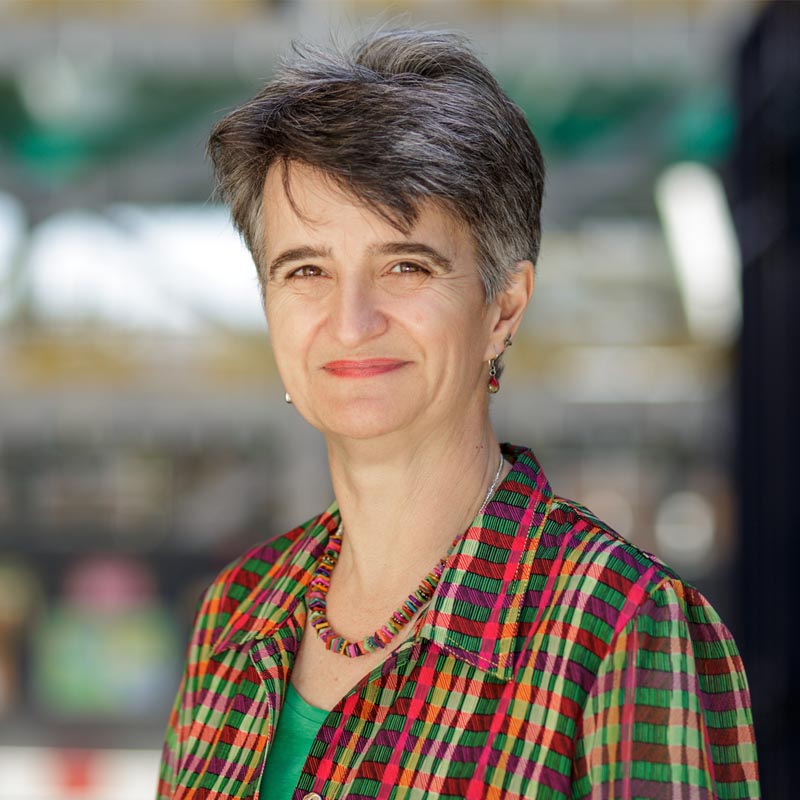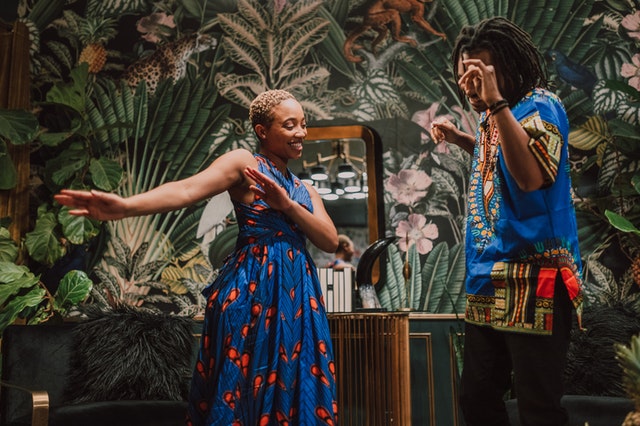Dancing to our own rhythm
At a recent concert out in a park, I was dancing with my partner and friends to one of our favourite bands. The sun was going down and there was a particularly wonderful sense of joy and connection as it was one of the first events many of us had been to after a long year of Covid 19 restrictions.
I was suddenly struck by a feeling of intense emotion against the backdrop of the awful news about the evacuations and bombings in Afghanistan that there will be many people – and especially women – living in Afghanistan who will no longer be able to play music and dance under an extreme Taliban regime. As one woman described “I burnt my jeans and with it my dreams.” It is a cliché, but we take for granted so many freedoms living in the Western world.
Now one year on, we continue to hear the terrible news of what’s happening in Ukraine.
When I think of some of the things I would find hard living in a care home environment, many of them relate to the sense of freedom to be yourself in your own space at home. This might be wandering round with very few clothes on, going to the fridge for a snack in the middle of the night or choosing to go and have my morning coffee in the garden to watch the birds on the bird feeders. But there are also deeper concerns for someone who is from a minority community, whether a different cultural background or sexuality. Will I feel safe to be open about the relationships which are important to me? Will I experience judgement or prejudice from any of the staff or other people living in the home? Can I really trust people to be kind and respectful of who I am?
Feeling ‘free to be me’ for black and Asian people or those from the LGBTQ community has another level of meaning and signficance for individuals who have had a lifetime of experiencing feeling different, excluded or even in some extreme situations hated. This can mean we are on ‘high alert’ with strangers when we first meet them to know whether they are going to be accepting of us, and whether we can be truly open about who we are.
So, what can managers and care staff do to offer each individual a sense of safety, especially those who are from minority communities?
- Invite people to talk about themselves and what is important. “Please tell me more about who you are and what matters to you.”
- If someone talks about their cultural identity, sexual orientation or gender identity, show interest and acknowledge what they have said. “Thank you for sharing this with us. We are really keen to make sure we do all we can to help you feel safe and comfortable here.”
- Ask the person what might be important for helping them feel more ‘free to be themselves’ and if there is anything the Team can do to support this. “Is there anything you need from us to help you feel more at home here?” “Do you have any particular concerns about living here?”
- Reassure the person that the organisation is genuinely committed to creating a place where anyone from a minority community can feel comfortable. This needs to be more than just an ‘equal opportunities policy’ on paper, but can be demonstrated by the fact that your literature about your services includes images and mentions of people from diverse backgrounds and that your staff education also includes Inclusion and Diversity training. You need to ‘walk the walk’ not just ‘talk the talk’.
Learning to be comfortable in our own skins is ultimately a lifelong quest for many of us. How others see us and treat us can help strengthen our self-belief and sense of worth in the world, but ultimately being ‘free to be me’ is as much about an internal journey of self-acceptance as about external validation.
“When you dance to your own rhythm, people may not understand you; they may even hate you. But mostly, they’ll wish they had the courage to do the same.”
Sue Fitzmaurice

Consultant & Trainer
MCM

